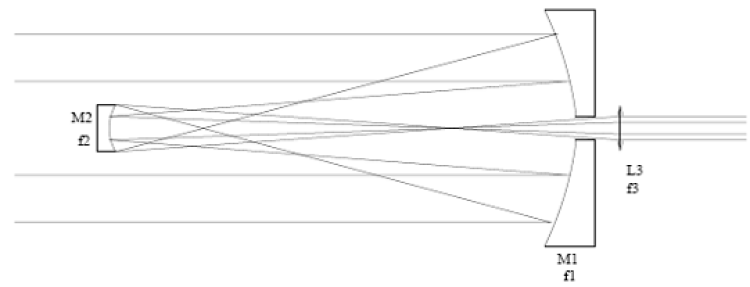ECEN 4/5616 Opto-Electronic System Design

The primary goal of this course is to provide the tools and experience needed to design optical and opto-electronic systems. At the end of the course, students will be able to take system requirements, select possible components and approaches, create candidate designs and analyze and optimize their performance. We will learn and utilize standard optical design tools, particularly ray-tracing, as well as learning how to create custom system models with wave, polarization, or Gaussian-beam optical modeling. Throughout the course, the material will be illustrated with "real-world" optical system design problems. Each student will complete one detailed system design and present the results to the class.
The primary analysis tool will be geometrical (ray) optics, which will be derived in class from Maxwell's equations. This reduces the modelling of EM waves to geometry and thus this class is accessible to anyone with a good background in EM.
Computer use:
- Some homework projects will require simple numerical computation and plotting e.g, in Matlab or Python
- Extensive use of the OpticStudio optical design software by Zemax (provided)
Lab: None
Text: None.
Reference: Fundamentals of Photonics, Saleh & Teich, ISBN 0471839655
Prerequisite: ECEN 3400, Electromagnetic Fields and Waves or equivalent
Schedule: Google sheets link here. You must be logged in to your CU account to access.
Syllabus: See this link.
Lecture Notes
- First order optical system design
- Optical efficiency and resolution
- Design of high performance optical systems


